Popular games for platform Atari Lynx
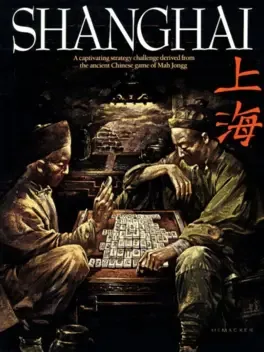
Shanghai is a computerized version of mahjong solitaire. After winning a game, the tiles reveal the three-dimensional blinking eye of a dragon behind the game screen. The Macintosh and Sega Master System version shows an animated dragon spitting fire.
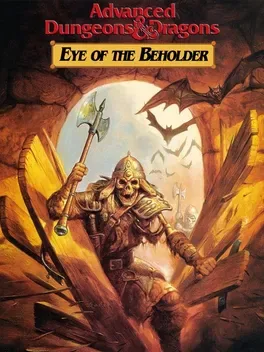
Eye of the Beholder is an all 3-D, Legend Series computer role-playing adventure based on the popular Advanced Dungeons & Dragons 2nd Edition rules and on an original story created for this game . The action takes place in the sewers and catacombs beneath the City of Waterdeep located in TSR's Forgotten Realms game world.
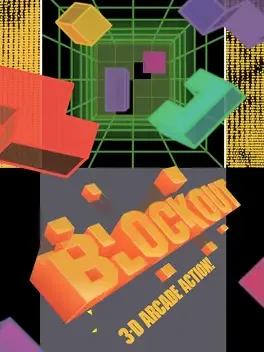
Blockout is a puzzle videogame, created in 1989 by Polish developer - California Dreams, designed by Aleksander Ustaszewski and Mirosław Zabłocki. The game is the logical extension of Tetris into the third dimension. In Tetris, the player manipulates a set of tetrominoes which fall into a two-dimensional pit (seen from the side). The aim is to solve a real-time packing problem by forming complete rows, which then disappear and score points. Poor play leads to incomplete rows, caused by inefficient arrangements of tiles; these rows do not disappear, giving the player progressively less space and less time to play subsequent pieces. Similarly, in Blockout, the player manipulates a set of polycubes which fall into a three-dimensional pit (seen from above; the pieces appear in the foreground and fall away). The pieces can be rotated around all three axes, and moved horizontally and vertically. The aim is to form complete layers.
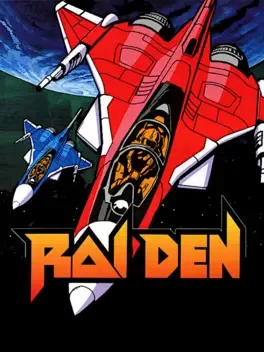
Raiden consists of eight vertical scrolling missions where the player maneuvers the Raiden craft dodging and destroying enemy robots, buildings, ground targets, and aircraft. There are bombs and missile powerups as well as collectable medals which add to the score. When player dies, the fighter's fragments become projectiles that damage enemies. After defeating the Stage 8 boss, the mission is completed, and player receives 1 million points for each completed loop. Afterwards, it will start back to Stage 1. This time around, enemies shoot faster and at a more rapid rate.
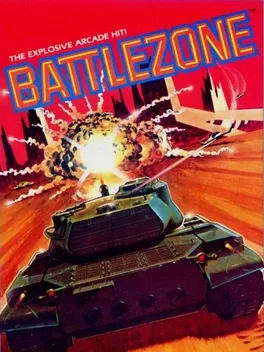
Battlezone is an arcade game from Atari released in November 1980. It displays a wireframe view (using vector graphics rather than raster graphics) on a horizontal black and white (with green and red sectioned color overlay) vector monitor. Due to its novel gameplay and look, this game was very popular for many years. Throughout the 1980s, Battlezone was ported to several home computer systems (usually on the Atarisoft label), including the Apple II, the Commodore 64, the Sinclair ZX Spectrum, and the Atari XEGS. The Atari ST port contains large parts of the original 6502 code which is emulated in real time. An Atari 2600 port was also released, but has colored raster graphics due to limitations and the view is behind the tank rather than inside it.
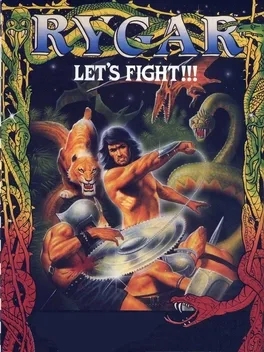
An evil being known as Ligar is about to conquer the land of Argool. Such is his power that no living creature dares to cross paths with him. But the legendary warrior Rygar rises from his grave to restore peace and justice. Armed with his famed weapon Diskarmor, Rygar begins to traverse the vast lands that lead to the lair of the demon, as his minions are trying in vain to stop him...
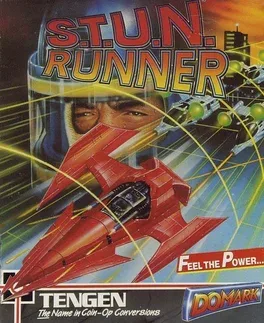
You are a S.T.U.N. Runner doing time trials. Shoot or avoid other vehicles that hinder you while driving the optimal path for best speed. The Shockwave will destroy all adversaries on the screen and the Boost pads give you invulnerability while increasing your speed.
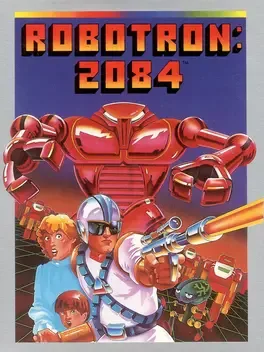
In 2084, man creates a species of super-advanced cyborgs known as Robotrons. Recognizing the imperfect nature of their creators, the Robotrons conclude that the inefficient human race must be exterminated. In Robotron: 2084, only you and a single family of clones remain. If mankind is to survive, you must destroy the Grunts, Brains, Enforcers, and Tanks - but avoid the indestructible Hulks at all cost. Can you withstand wave after wave of android invasion and rescue Mommy, Daddy, and Mikey... before it's too late?
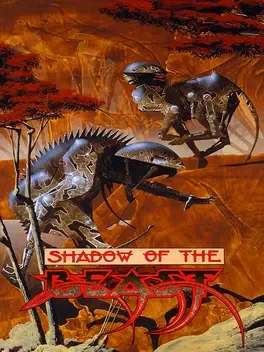
Shadow of the Beast is a platform game developed by Reflections and published by Psygnosis in 1989. The original version was released for the Amiga and later ported to many other systems. The game was known for its graphics, with many colours on screen and up to twelve levels of parallax scrolling backdrops, and its atmospheric score composed by David Whittaker, which used high-quality instrument samples.
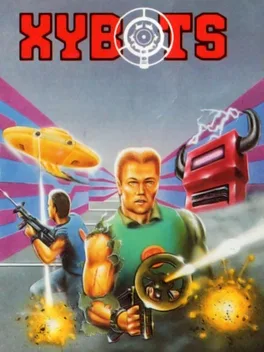
Xybots is a sci-fi shooter with pseudo-3D environments explored from a third-person perspective. The game can be played by one or two players; the two-player mode takes place on a split screen. The hero(es) must move through a series of Gauntlet-style underground mazes, killing the bad guys and collecting health and other bonuses from flying saucers. It's designed to be played co-operatively, although bullets from one player can harm the other.
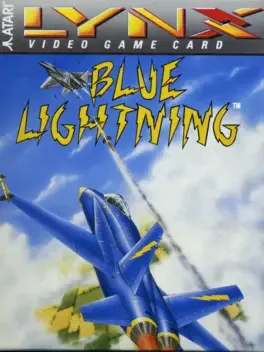
Blue Lightning, a launch title for the Lynx, is an arcade flight game heavily based on After Burner. The player controls the prototype Blue Lightning jet in combat against the enemy. The game consists of nine missions with varied objectives. These range from shooting down enemy planes to taking out tanks and ships or radar installations. In a courier mission, documents must be delivered by landing on a certain airfield. Upon successfully completing a mission, a password is given. The action is seen from behind the Blue Lightning. With the heavy arcade focus, there is no danger of stalling or even crashing into the ground. Crashing into air or ground targets is possible, however. The Blue Lightning is armed with a cannon with unlimited ammunition and 40 missiles. The on-board computer automatically seeks missile lock for enemy targets while the cannon must of course be aimed manually. The Blue Lightning is also equipped with an afterburner: activating it puts the plane to maximum speed for ten seconds, allowing one to catch up to enemy targets that got away. After use it takes another ten seconds to recharge. The plane is also able to pull off a barrel roll, useful to lose the lock of enemy missiles.
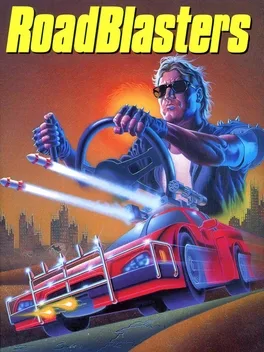
The objective of the game is to complete all 50 rallies without running out of fuel. There is no limit to how many vehicles a player can receive to complete a rally, as long as they have fuel. However, the destruction of the vehicle will subtract a small amount from the player's fuel tank. In the arcade, Genesis and Lynx versions, players could start the game at a higher rally, with additional opportunities to jump several levels from time to time. Players can continue their game from where they left off; however, the player has only one chance to complete the 50th and final rally. For completing the final rally the player gets one million points as a bonus. Players can get fuel in four ways: green globes, red globes, a checkpoint, and the rally point.
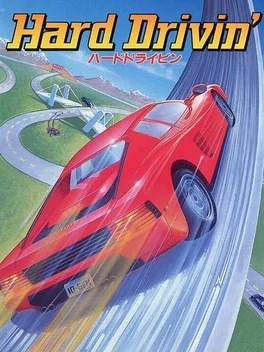
Hard Drivin' is a 3D arcade hit from Atari Games. You are in control of a high-performance sports car. Your objective is to race around the course as fast as possible and hit as many checkpoints as possible. If you hit a checkpoint you gain extra time to go farther. You will see traffic on the road both in your direction and coming down the opposite direction, so be careful when you pass... The course has two sections: speed track, and stunt track. Speed track is longer, but you can usually achieve higher speeds. Stunt track requires you to perform several stunts such as jumping bridges, driving through a loop, and so on. Crashing the car has no serious consequences and indeed shows a replay of your crash from a cinematic angle. Admire your crash head-on into the cement truck, or clipping the minivan, or flying off the bridge in the wrong angle... You lose several seconds as your car is "reset" and you get up to speed again. The home conversions retain most of the then-advanced 3D graphics but lack the force-feedback that was in the arcade version.
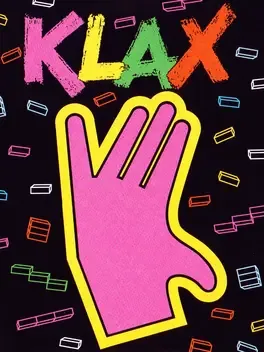
Klax is a 1989 computer puzzle game designed by Dave Akers and Mark Stephen Pierce. The object is to line up colored blocks into rows of similar colors to make them disappear, to which the object of Columns is similar. Atari Games originally released it as a coin-op follow up to Tetris, about which they were tangled in a legal dispute at the time.
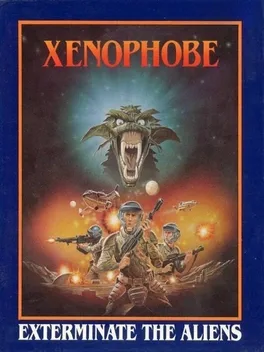
Xenophobe is a 1987 arcade game and the goal of each level is to defeat all the aliens before time runs out. Levels may contain more than one floor, and players use elevators or holes to move between floors to defeat all of the aliens. Players can also pick up more powerful weapons and other items to help in their eradication of the aliens.
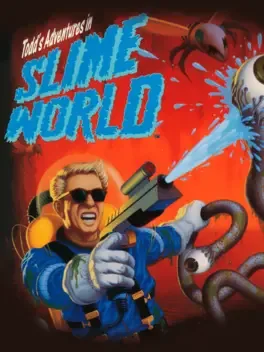
You are Todd, the explorer of new worlds. It's your adventure to travel deep into Slime World, the gooiest, drippiest place around. There are scary blobs to shoot and lots of objects and weapons to find. "Link up" with up to seven of your fellow slimers for an awesome multiplayer adventure.
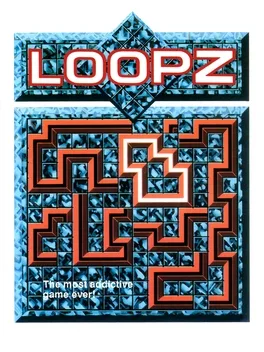
Loopz is a puzzle video game originally designed and programmed by Ian Upton for the Atari ST in 1989. He previously worked as head game designer for Audiogenic, who acquired exclusive rights to the game, then in 1990 arranged for Mindscape to publish it for computers in North America and consoles worldwide. The Nintendo Entertainment System version (programmed by Bits Studios) and the Game Boy version (programmed by Argonaut Software) were released in 1990. Audiogenic published versions of the original game for the Acorn Electron, BBC Micro, ZX Spectrum, Amstrad CPC, Commodore 64, Atari ST, Amiga, and IBM PC in 1990 and 1991.
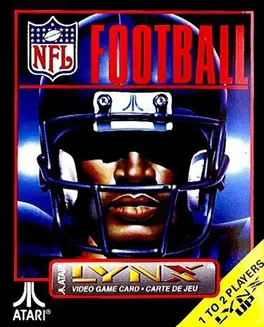
NFL Football is an American football video game for the Atari Lynx. It was developed by Blue Sky Software, and published by Epyx in 1992. The Lynx system is to be rotated for vertical orientation in the player's hands, with the display zooming in and out from an overhead perspective. For two-player mode, a computer opponent is available or two Lynx systems can be connected via a cable. The players can choose a team from either the AFC or the NFC. The game offers an extensive clipboard of plays and formations "designed by a real NFL coordinator".
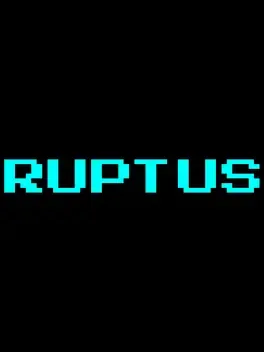
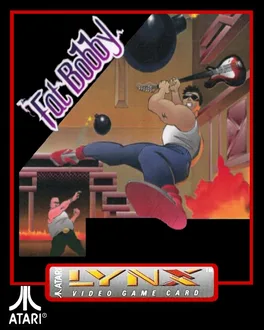
Fat Bobby is an Action game, developed and published by Telegames, Inc., which was released in 1997.

You must escape Dracula's sinister castle, find the dark one and drive a stake through his heart. To escape, you must explore the castle and learn its secrets. If you fail, you will join Dracula's brides for dinner, and guess who's the main course! Dracula - The Undead is a video game released in 1991 for the Atari Lynx handheld system. The game is loosely based on Bram Stoker's novel Dracula and features Bram Stoker in the story as the narrator.

In a parallel universe, Atari made physical tabletops/Game & Watch games from their biggest hits from VCS and Jaguar consoles. The best thing is that they also put them out as a Lynx compilation... This was an entry into the AC2016 24 hour coding contest. Includes Egglords and Tempeggs.

This game, as the name suggests, is a hockey simulation which is very similar to Mario Lemieux Hockey. There are 22 teams to choose from which are based on the NHL 91 line up though they can be changed if the player wishes. You control 1 player at a time and the CPU controls the rest of your team though you can switch to a different player at any time if the need arises. There is also a fight penalty system where you have to continually punch the an opponent in order to proceed. The game is viewed from an isometric perspective as if you were sat in one of the crowd seats.

Awesome Golf is as the name suggests, a golf simulator. There are 3 courses to play: one in the U.K one in the U.S and the third one in Japan. The gameplay involves you lining up your shot via an overhead view which when set up switches to a third person view. Whilst in this view you need to swing the club and stop it at the desired power and then stop it on the correct symbol to get the perfect hit. If you don't get it right you will either miss the ball or hit the earth. There are 14 clubs at your disposal, 8 irons, 3 woods 2 wedges and a putter which are selected by moving the hand cursor over your Golf bag and selecting the desired club.